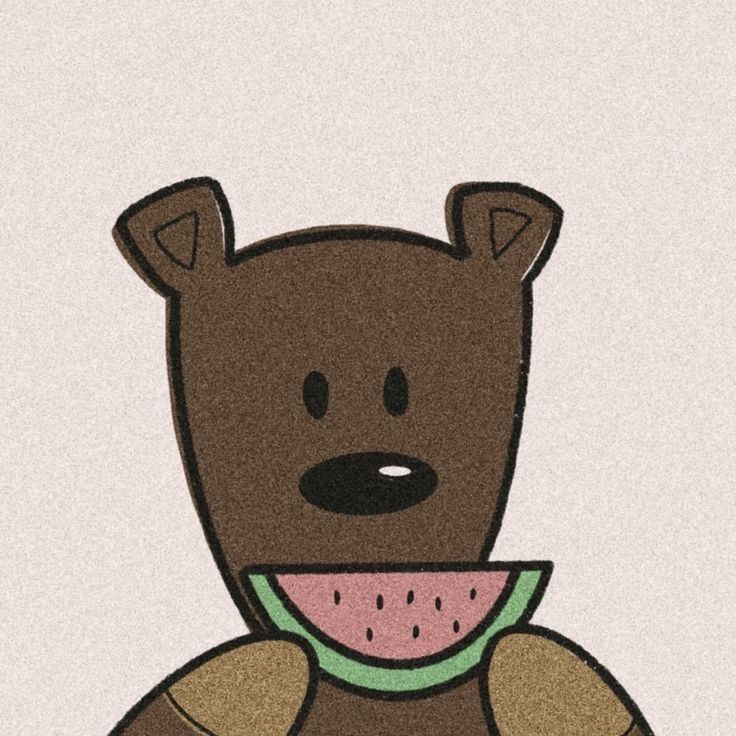cardiovascular system
Cards (22)
- what carries deoxygenated blood towards the lungs?
- what transports blood to the right atrium of the heart?
- state 2 functions of capillaries:
- how does the cardiovascular system control temperature and how does it aid performance in physical activity?
- one way the structure of arteries makes them suited for their function:
- blood can be redistributed around the body to meet the demands of physical activity. identify 2 areas of the body that would increase blood flow when swimming.
- explain why blood would flow to arm and leg muscles when swimming:
- assess the importance of the number of red blood cells to an endurance athlete:
- what are the three main function of the cardiovascular system?
- whats transport of substances?
- whats temperature control?
- whats clotting of wounds?
- whats the cardiovascular system made up of?
- why is the cardiovascular system important?
- what happens on the left side of your heart?
- what happens in the right side of your heart?
- What are arteries?
- whats a vein?
- what are capillaries?
- cardiovascular volumes:
- what is vascular shunting?
- what is the composition of blood?
